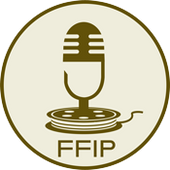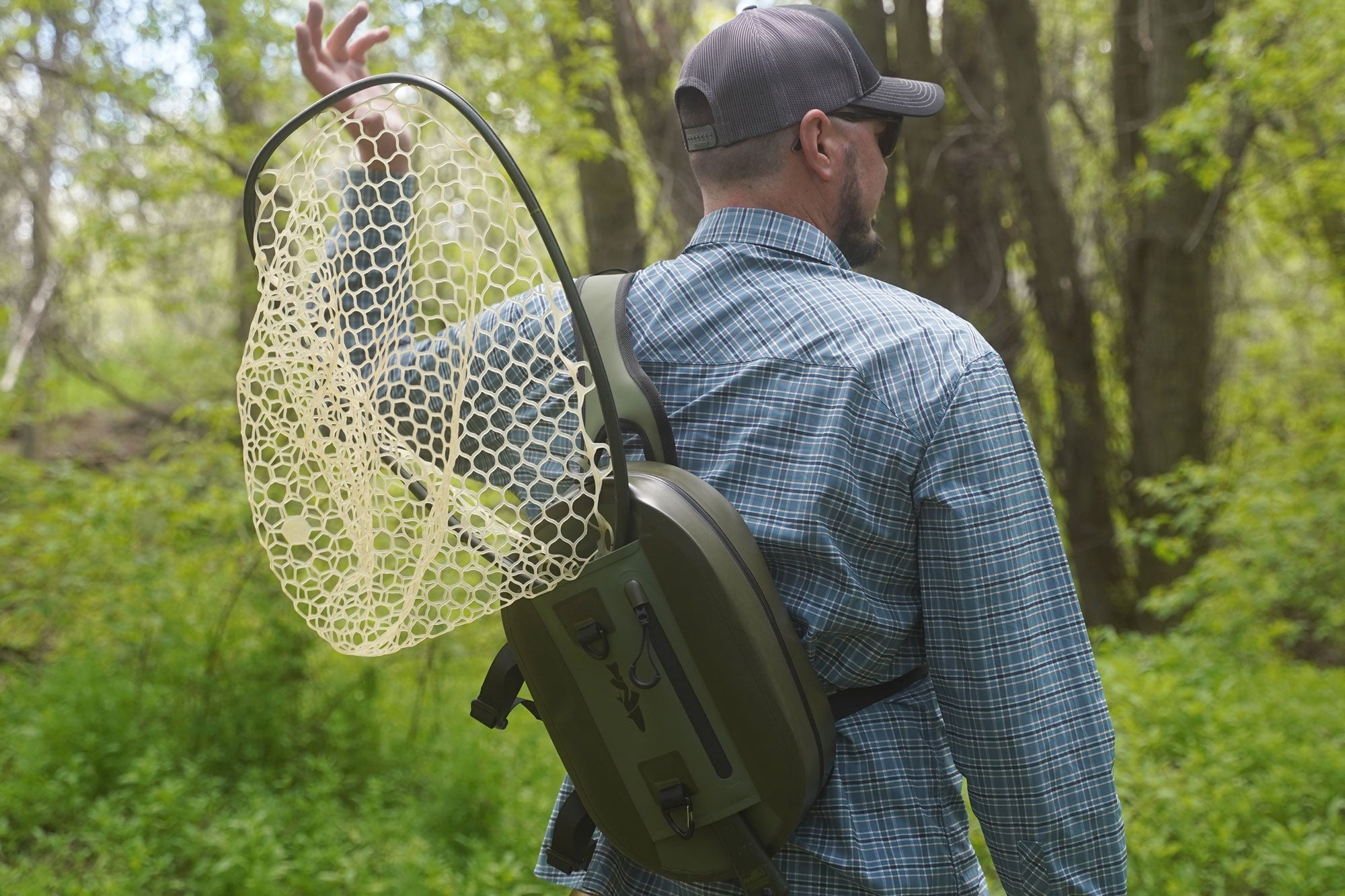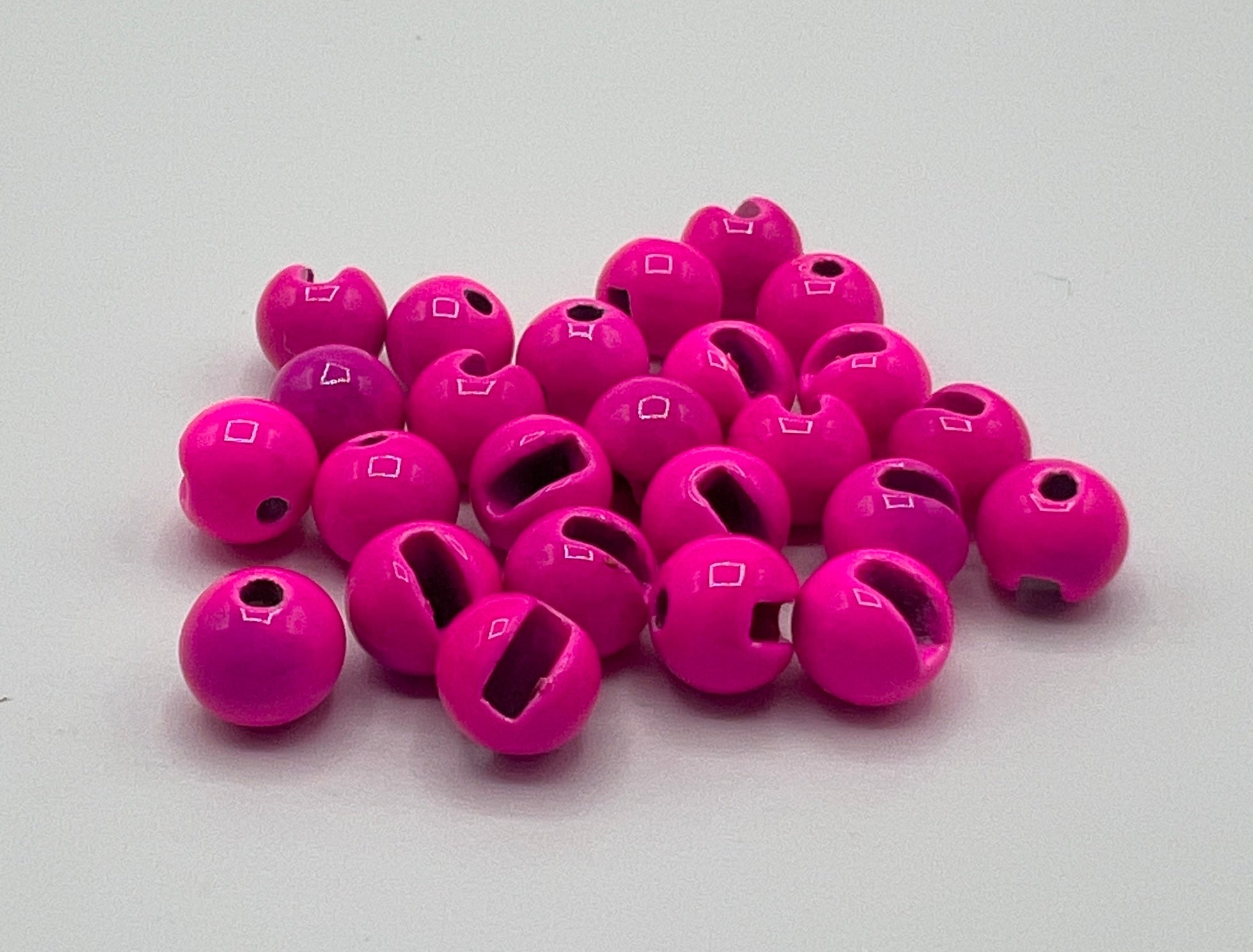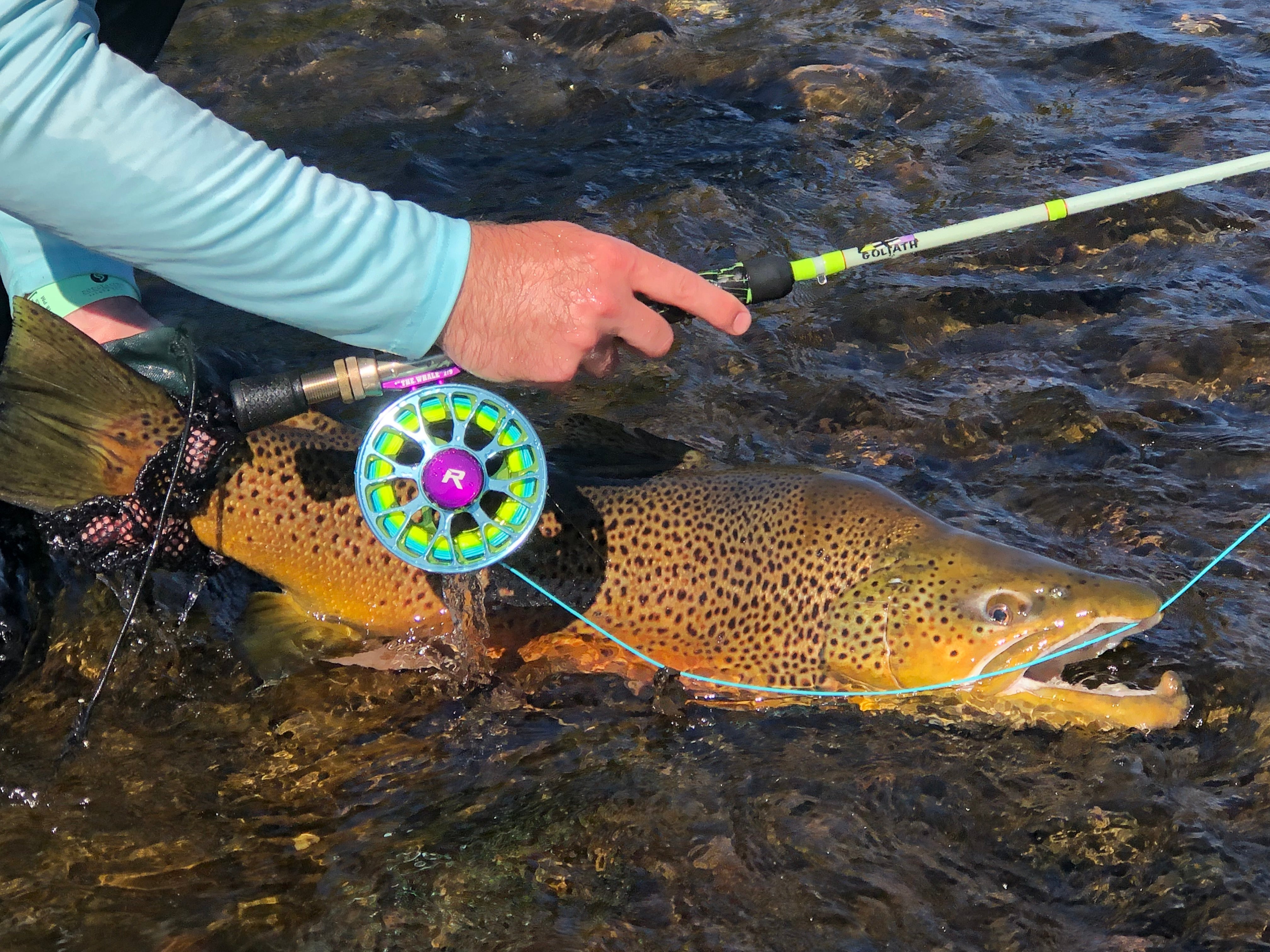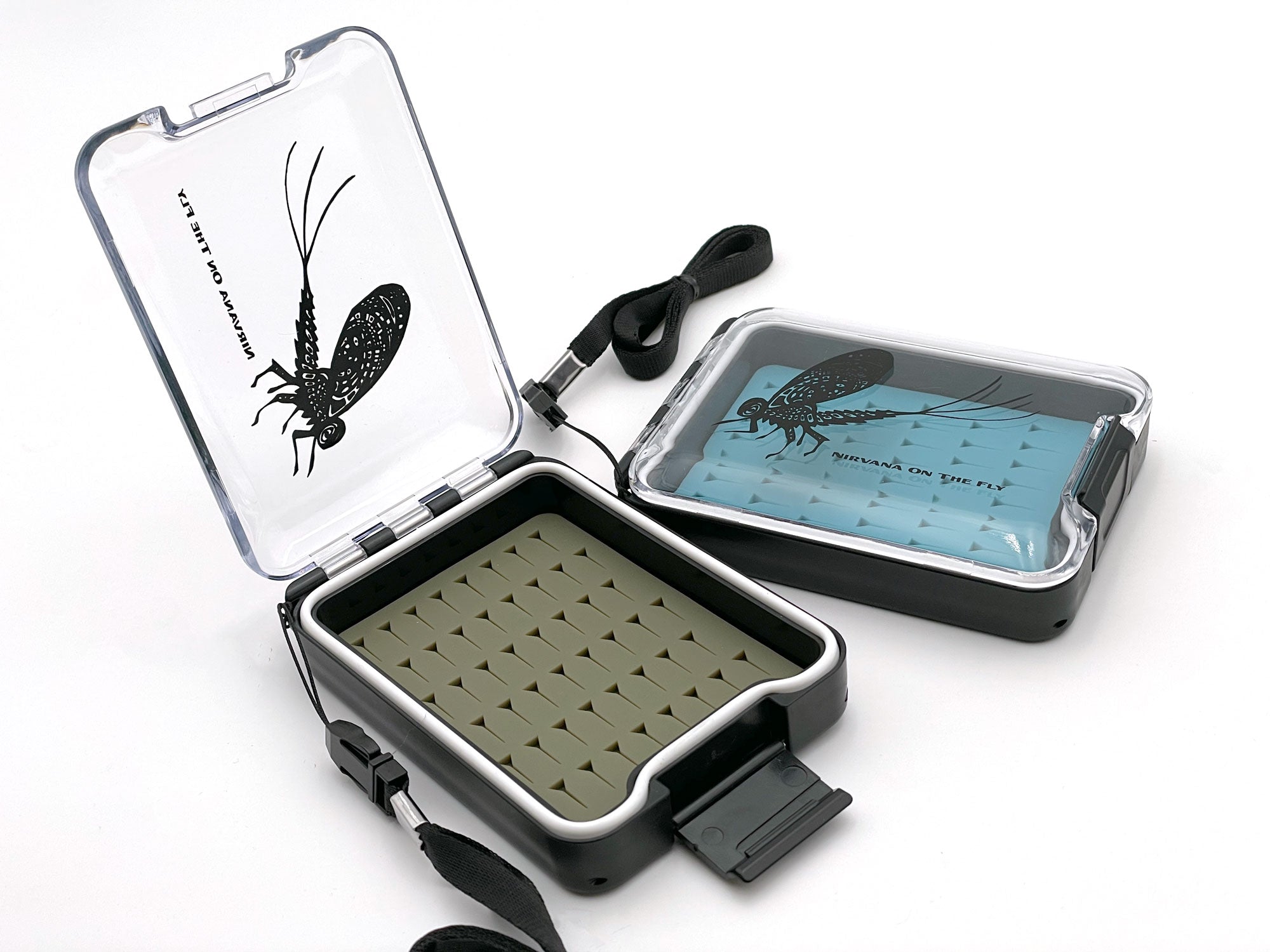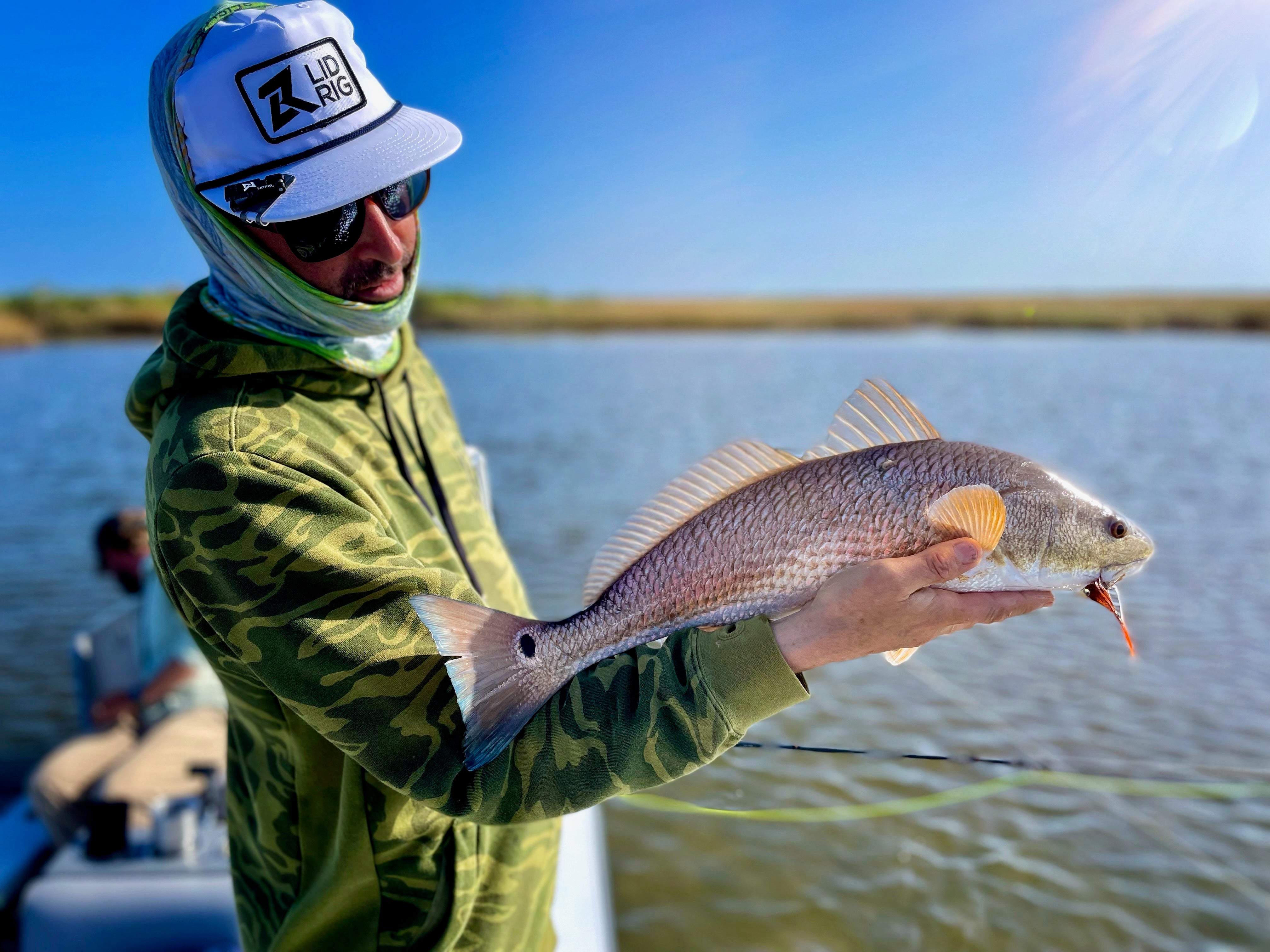Identifying a Midge Fly and Hatch
Fly fishermen and women often utilize matching the hatch. Among the myriad of insects that can have anglers scrambling for their fly boxes, the midge holds a special place. Tiny yet significant, identifying midge flies and their hatches can up your fly fishing game immensely. However, there are key elements in a match the hatch formula I’ve coined that are more important. Two of these are absolutes, and the others are more or less decision-making guidelines. Observation and Presentation are paramount, Silhouette, Size, and Color are guidelines. In this guide, I’ll unravel the mysteries of the midge in fly fishing by providing identification characteristics that you can combine with “OSSCP” Formula.
The importance of understanding the insect world, especially the midges, which are a primary food source for trout. In this guide, we'll delve deep into the world of midges, helping you identify them correctly for a successful fly fishing experience.
The elusive midge fly is a staple of the trout diet. As mentioned, for most waters, the midge can be a reliable food source all year round, and identifying a midge and its hatch can significantly change your fishing game, ensuring that you match your fly to the current insect activity. Let's delve into the fascinating world of midges, their life cycle, and how you can spot them on your next fishing adventure.

Identification Characteristics:
Midges, often mistaken for mosquitoes, are an essential food source for trout. To identify them accurately look for the following characteristics:
- Size: Typically, adult midges are small, ranging from 1/16" to 1" in length. Size 20 or smaller.
- Wings: Unlike mosquitoes, midges have two equally sized wings that lie flat over their backs. Look for this unique characteristic.
- Antennae: Long, feather-like antennae are a distinguishing feature, especially in males.
- Body: A slender body, sometimes segmented, with colors ranging from black, brown, red, green, to cream.
Life Cycle Considerations:
Knowing the midge life cycle ensures you choose the right fly. This is especially important when the stage of the midge is identified as the preferred feeding source.
- Egg: Laid in gelatinous masses on water surfaces, often sinking to the bottom.
- Larva: Resides in the substrate, feeding and growing until ready to pupate.
- Pupa: The transitional stage, where they ascend to the water's surface, often visible due to their sheen.
- Adult: Emerges from the pupal shuck, floats on the water, mates, and lays eggs.

Technical Examples:
Scientifically speaking, understanding midges at a granular level can be invaluable.
- Midge Species: Chironomus plumosus is a common midge species. Its larvae are red due to hemoglobin, giving them the name "bloodworms." Due to this, a common midge color to start with is red.
- Preferred Habitat: Midges thrive in slow-moving or still waters. Areas with lush aquatic vegetation are often teeming with midge larvae.
- Dietary Behavior: Midges are filter feeders in their larval stage, feeding on microscopic algae and bacteria.
Signs of a Midge Hatch for Timely Fly Fishing Action:
Midge hatches can be goldmines if you know the signs.
- Time: Predominantly during colder months, but midges can surprise you year-round.
- Hatching Clusters: Spot tiny insects dancing over the water? You’re likely witnessing a midge hatch.
- Surface Indicators: Floating shuck piles, or shed pupal casings, on the water hint at midge activity below.
- Bird Behavior: Birds like swallows skimming the water can be a natural alert system for a midge hatch in progress.
Observations:
Spotting a midge hatch can be the key to a successful fly fishing day. Here's what to observe:
- Rising Fish: A clear indicator of a hatch is observing trout breaking the surface, consuming emerging midges.
- Floating Adults: Spotting adults floating on the water after mating is another sign of an ongoing hatch.
- Bird Activity: Birds, like swallows, actively feeding above the water can indicate a midge hatch.
- Silvery Shine: Underwater, midge pupae will reflect light, giving a silvery shine, signaling their emergence.
Technical Fly Fishing Patterns for Midges:
Having the right fly is half the battle. Here’s a few recommendations for what you should have in your fly fishing arsenal for midges. Otherwise there are numerous midge patterns that are suitable to choose from via Fly Crate:
- Dry Flies: Griffith's Gnat and Parachute Midge are top choices when trout are sipping adults off the surface.
- Emergers: For midges transitioning from pupae to adults, patterns like the Twin Territory or JuJuBee Zibra Midge are invaluable.
- Nymphs: Zebra Midge and Boden's Toxic Midge are go-to patterns when targeting subsurface midges.

Examples:
For the fly angler looking to mimic midges during a hatch, it's imperative to match size, silhouette, and color. Due to their small size, flies imitating midges often range between sizes 18-26. Popular patterns include the Griffith's Gnat for surface feeding fish, which imitates a cluster of midges, and the Zebra Midge or Disco Midge for subsurface presentations. The former often uses materials like peacock herl and hackle, while the latter utilizes thin wire and beads to achieve the right look and depth.
When fishing, consider the prevalent life stage in the water. If pupae are ascending, using an emerger pattern will be effective.
Correctly identifying midge flies and their hatch is a skill that sets apart novice fly fishers from seasoned experts. By paying attention to the midge's distinct characteristics, observing the environment, understanding its life cycle, and relying on technical knowledge, you can significantly enhance your fly fishing experience. Although it is often to see midge flies on the water on a regular basis it doesn’t mean that fish are feeding on them or a hatch of significance to drive trout feeding behavior.
By honing in on these areas of midge identification and behavior, anglers can refine their approach, ensuring a more fruitful and enjoyable fly fishing experience. Whether you're a beginner or a seasoned pro, understanding the midge is a step closer to mastering the art of fly fishing.

By Christian Bacasa
Host of the Fly Fishing Insider Podcast
www.ffipodcast.com
@flyfishinginsiderpodcast
@dupeafish
